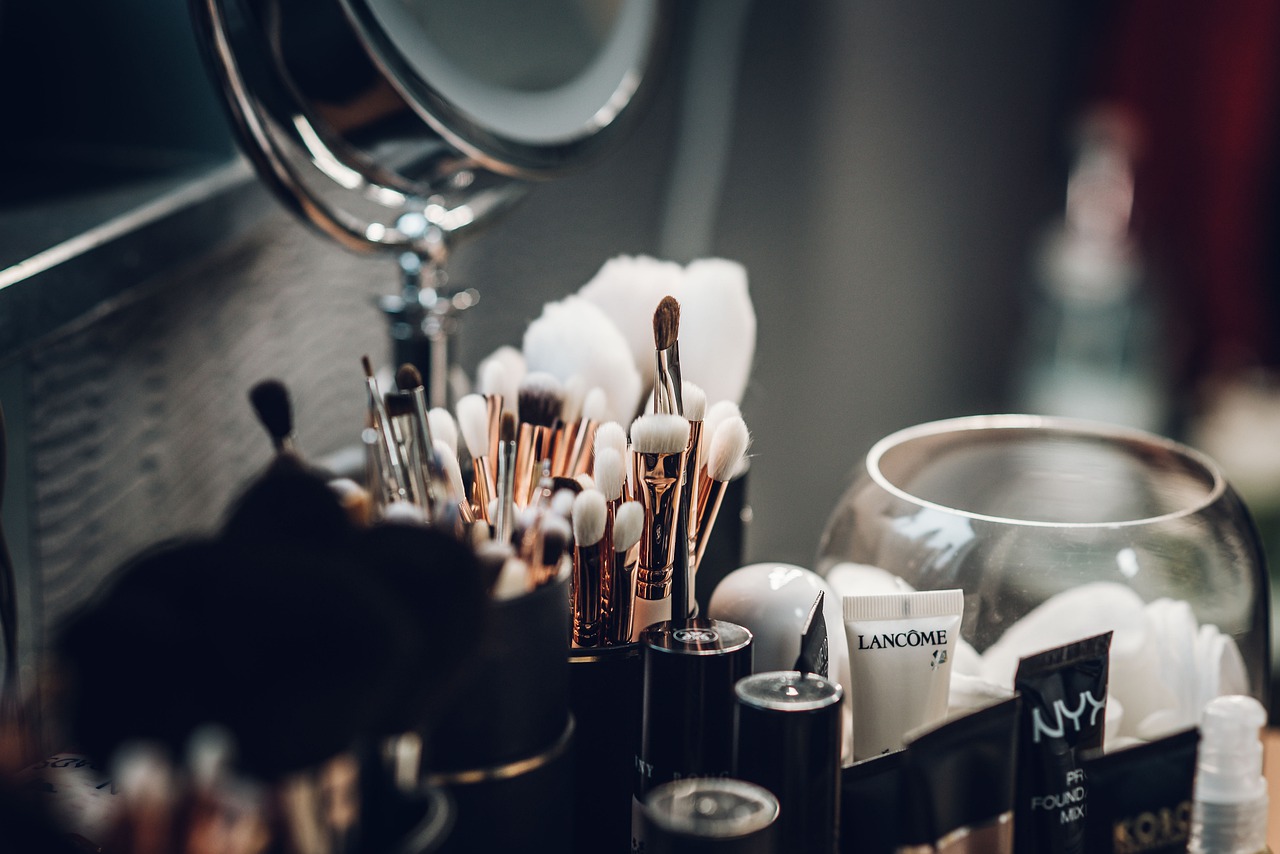5 rules of winter skin care
What’s in store for your skin in winter?
As the seasons change, new negative factors affect your skin. In winter, your beauty is threatened by temperature changes, cold, wind, and dry air in heated rooms. The main problem for girls during this period is dehydration – an undesirable skin condition in which the epidermis lacks moisture.
Externally, dehydration manifests itself as dryness, tightness, and peeling. The skin tries to compensate for the lack of moisture and activates the sebaceous glands, which leads to an oily sheen, black spots and rashes. The problems don’t end there: dehydrated skin tends to blotchy-looking foundations, making it nearly impossible to apply makeup, and dehydrated skin tends to be more sensitive, prone to pigmentation and premature aging.
Can you imagine the effort required to reverse the effects of dehydration?! The best solution is to prevent all the difficulties and prevent moisture deficiency. A good winter skin care routine will do just that. If you follow these five basic rules, you’ll look great even in this difficult time.
Rule №1. Gentle cleansing
Your skin always loses a considerable amount of moisture when you wash your face. There are three main factors contributing to this.
- The ph-balance is disturbed by the effects of water. The ph-value determines the ratio of acid and alkaline in a certain medium-in our case it is water and the upper layer of the epidermis. For the skin the optimal ph is between 5 and 6 units, i.e. acidic. If this level is outside of the 5-6 range, you face dehydration and other problems – up to acne. Tap water, on the other hand, has a ph range of 6.5-9.5, so the risk of damaged skin ph is very high!
- The same water that pulls moisture out of your skin after you wash your face. It’s quite simple, the H2O molecules evaporate from the surface of your face and take the moisture particles from your epidermis with them.
- a cleanser can provide excellent water relief through the action of surfactants (surfactants). Surfactants themselves are not as harmful as they sometimes say. It is thanks to these components that you remove all the dirt from your skin. At the same time, surfactants dry out the skin and act as provocateurs of dehydration.
To counteract these factors, you should start by avoiding all aggressive cleansing. Firstly, no soap! Soap is a literal lump of alkali, which will 100% destroy the protective barrier of the skin and shift the ph-balance far beyond normal.
Second, stop using gels and foams with sulfates during the winter. Sodium lauryl and sodium laureth sulfate are the most powerful and popular surfactants in cosmetics. They clean deeper than other surfactants, and therefore are more drying. In the cold season, there is no need for such intensive cleansing: a sulfate-free skin care product is just what you need.
Finally, pay attention to the purifying product’s ph level. A foam or gel with a ph of 5.5 will be optimal. Some manufacturers directly indicate the ph level on the package. But if they don’t, look for Aha acids in the ingredients list: they help maintain the acidic environment that your skin needs.
Rule №2. Make sure to tone your skin
Toning is the most underestimated stage of skin care for girls from Ukraine. And at the same time it is insanely important! Toner performs important functions:
- Actively moisturizes the skin;
- Stops the evaporation of moisture;
- Normalizes the ph-balance.
All this is necessary after each cleansing, both in the morning and in the evening. Toners are used for toning and can be identified by the word Toner in their names. Different manufacturers have different names for their toners: starter, booster, skin, and mista. And with toners is more complicated – cosmetic brands call toners completely different means. Some toners perform the task of toning, while others just additionally cleanse the skin (which is not necessary if you follow the rules of two-step cleansing, that is, separately remove makeup and wash your face with foam or gel).
If you see a toner from a Korean manufacturer, it’s probably the same as a toner. European and American brands often make toners only for cleansing.
Rule №3. Deep moisturizing
To prevent dehydration, your skin should be given plenty of moisture. And hydration is important for all skin types. Toners, serums, essences, masks, and creams with good moisturizers can help keep your skin hydrated:
- hyaluronic acid;
- aquaxyl;
- aloe and centella extracts;
- glycerin;
- squalane;
- ceramides, etc.
Rule №4. Denser textures
In summer, many girls prefer light, weightless creams or emulsions with a gel consistency. But in winter, a cream with a denser texture is ideal. This does not mean that you have to endure a sticky or oily product under which your skin does not breathe at all. Just replace the gel or emulsion with an ordinary cream. You can find a comfortable product even for oily skin. The advantage of a creamy texture in winter is that it better retains moisture in the skin and protects it from the wind.
Rule №5. Sun Protection
A common mistake for girls is to only use sunscreen in the summer, and then only at the beach. But in winter, the sun never goes out! Even clouds and clouds are not an obstacle for ultraviolet light. Sometimes the index of solar activity is higher during cloudy weather than on a hot summer day. That is why you should not neglect SPF products. Unless, of course, you want to protect your skin from photoaging and pigmentation.
Aside from these five rules, make sure to follow every single step of your daily skin care routine. Makeup removal, cleansing, exfoliation and other beauty rituals are important at any time of year.
